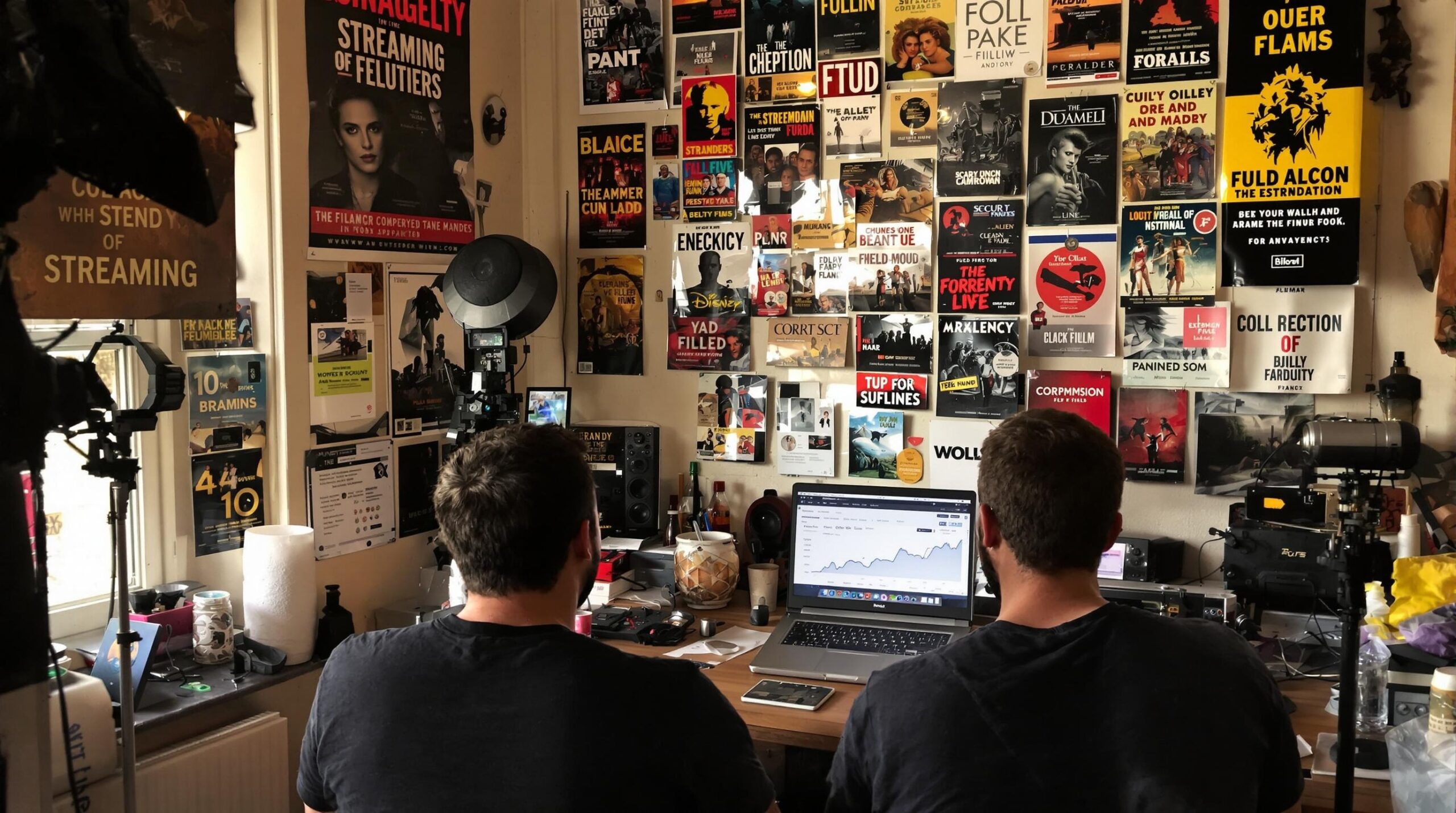Over the last decade, the rise of streaming services has revolutionized the entertainment industry. Streaming platforms like Netflix, Amazon Prime, and Hulu have dramatically changed how content is produced and consumed. This shift has had a profound impact on independent filmmaking, offering both opportunities and challenges to filmmakers around the globe.
The Rise of Streaming Services
Streaming services have become primary sources for content consumption worldwide. The convenience of watching on-demand and the breadth of available content have attracted millions of subscribers. These platforms’ business models differ from those of traditional studios. Where traditional studios rely heavily on box office returns, streaming platforms prioritize subscriber growth and retention. This fundamental difference has encouraged platforms to seek diverse content offerings catering to various audiences continuously.
Access to Broader Audiences
Streaming services have democratized the distribution of films, especially for independent filmmakers. Filmmakers can now bypass traditional theatrical releases, directly reaching global audiences through these platforms. Before streaming, independent films struggled to gain significant distribution. They often relied on film festivals and limited theatrical releases. In contrast, streaming platforms provide instant access to a vast audience, increasing a film’s visibility and reach.
The success of independent films on streaming platforms is evident. Though supported by major directors and producers, films like “Roma” and “The Irishman” demonstrated streaming’s potential for serious storytelling. For filmmakers without such backing, the chance to present their work alongside major releases adds a layer of legitimacy and exposure. Transitioning from niche film festivals to household streaming can turn unnoticed films into global hits.
Increased Content Diversity
Streaming services have diversified the type of content available to viewers. They encourage the production of narratives that reflect a variety of voices and experiences. Unlike traditional studios, which often prioritize box office formulas and recognizable genres, streaming platforms are more willing to experiment with unconventional stories and formats. This openness has allowed independent filmmakers to pursue unique projects that might not succeed in a blockbuster-driven market.
Filmmakers from different cultural and socio-economic backgrounds have found new avenues to tell their stories. Platforms like Netflix have invested in content from various international markets. This strategy brings diverse storytelling traditions to a broader audience and fosters cross-cultural understanding. The embrace of varied narratives enriches subscriber experience and creates opportunities for filmmakers from underrepresented groups.
Financial Opportunities and Challenges
Streaming platforms offer filmmakers financial opportunities, though these come with significant challenges. The traditional film studio system involves securing funding from major production companies. Independent filmmakers often struggle to find such financial backing, constraining their ability to produce high-quality films. Streaming services have addressed this issue by offering generous deals to filmmakers, enabling them to finance their projects.
However, the streaming model, focusing on subscription over box office, can present financial intricacies. Often, payouts are up front, with few opportunities for residual earnings. This contrasts with the potential long-term economic benefits of traditional box office releases. As a result, independent filmmakers may receive initial funding but miss out on subsequent earnings as their films grow in popularity.
Moreover, the competitive landscape of streaming can pose challenges. The increasing number of platforms and vast content libraries create stiff competition. Independent filmmakers might struggle to stand out without strategic marketing and platform support. This competition drives filmmakers to constantly innovate and maintain unique storytelling elements to capture audience interest.
Creative Freedom and Control
Streaming platforms have been noted for granting filmmakers significant creative freedom. Traditional studios frequently impose restrictions based on market research and expected financial returns. Conversely, streaming services often allow for more experimental projects, encouraging originality. This creative liberty attracts filmmakers eager to explore complex subjects or unconventional narratives without studio interference.
By fostering an environment where creativity thrives, streaming services nurture artistic experimentation. They provide platforms for niche and genre-bending stories that might not fit mainstream categories. Independent filmmakers can explore a range of genres, from avant-garde to documentary, without concern for mass appeal. This freedom can result in fresh and diverse storytelling, capturing unique perspectives and pushing the boundaries of traditional cinema.
However, expanded freedom comes with responsibilities. Filmmakers must manage their projects effectively to avoid excesses that could hinder storytelling. Balancing creative liberty with focused narratives is key to maintaining viewer engagement and ensuring success in the competitive streaming landscape.
The Influence of Data Analytics
Streaming services extensively utilize data analytics, influencing both content creation and consumption. These platforms collect vast amounts of user data, analyzing viewing habits, preferences, and engagement patterns. Insight from this data helps platforms determine content trends, potential hits, and audience demographics, which can guide future production decisions.
For independent filmmakers, understanding data analytics becomes crucial. Access to platform insights can inform decisions on narrative direction, casting choices, and marketing strategies. Tailoring content to fit audience preferences can enhance a film’s success, creating a more targeted storytelling approach. This data-driven mindset can also influence how filmmakers pitch their projects, aligning with platform trends and subscriber habits.
However, an overreliance on data risks stifling creativity. To maintain authenticity, filmmakers must balance the influence of data with original storytelling instincts. By understanding data without constraint, filmmakers can leverage insights to enhance their projects while preserving creative integrity.
Transition to Digital Production Techniques
Streaming services have facilitated a transition toward digital production techniques among independent filmmakers. These techniques are often more cost-effective and accessible. Digital platforms allow filmmakers to produce projects without the extensive resources traditionally required for film. This transition has leveled the playing field, enabling filmmakers to deliver high-quality content on limited budgets.
The rise of affordable digital cameras and editing software has empowered filmmakers. They can now create professional-looking films without incurring excessive production costs. Additionally, online collaboration tools enable creative teams to work from different locations, streamlining production processes.
However, the accessibility of digital tools raises competition. Lower barriers to entry mean more filmmakers enter the market, increasing the volume of available content. For independent filmmakers, maintaining distinctiveness becomes paramount to cut through the noise in the crowded streaming landscape.
Conclusion
Streaming services have had a pivotal impact on independent filmmaking. They offer unprecedented opportunities for distribution, reach, and financial backing. The diversity of content allowed by these platforms enriches the cultural tapestry of films available to global audiences. However, their influence also presents challenges, including financial complexities, competition, and the balancing act between creativity and data. Understanding this evolving landscape is essential for independent filmmakers aiming to succeed in a streaming-dominated world. As streaming services continue to shape the future of film, independent filmmakers must adapt and innovate, embracing technology and storytelling to captivate audiences worldwide.


